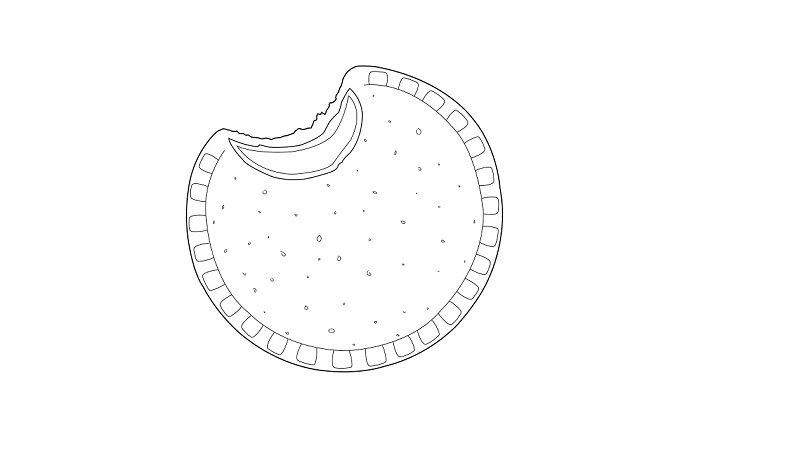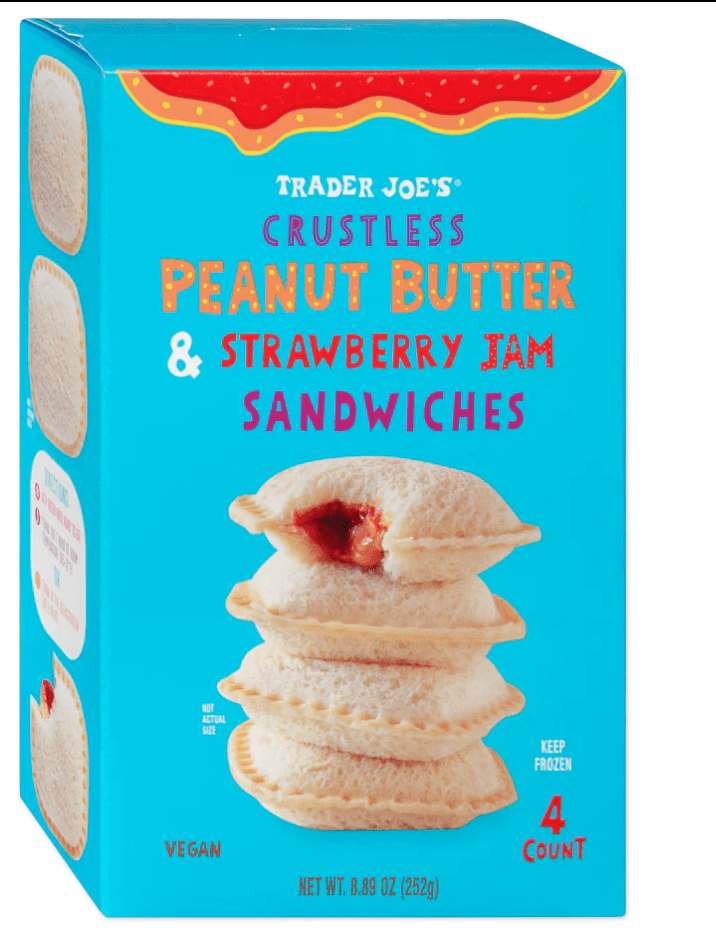As an avid PBJ aficionado, every single algorithm stuffed me with this story.
https://www.thedailymeal.com/1997081/smuckers-suing-trader-joes-copycat-product
I. Legal Framework
In the 6th Circuit, we look to the “Frisch’s test” for likelihood of confusion. This test is the set of eight factors the Sixth Circuit Court of Appeals uses to determine the likelihood of consumer confusion in a trademark infringement lawsuit. The test originates from the 1985 case Frisch’s Restaurants, Inc. v. Shoney’s Inc. and is used to weigh the evidence for and against a finding of consumer confusion.
The eight factors are:
1) Strength of the plaintiff’s mark. A stronger, more distinctive mark receives greater protection under the law.
2) Relatedness of the goods or services. The court considers whether the products or services offered by the plaintiff and defendant are similar enough that consumers would think they come from the same source.
3) Similarity of the marks. The court compares the marks based on their appearance, sound, and meaning to see how closely they resemble one another.
4) Evidence of actual confusion. While not required for a finding of infringement, evidence showing that consumers were actually confused by the defendant’s mark is powerful evidence of a likelihood of confusion.
5) Marketing channels used. This factor examines whether the parties use the same or similar marketing methods and sales channels.
6) Likely degree of purchaser care. The court assesses the level of care and attention a typical consumer of the products or services is likely to exercise when making a purchase. The more expensive the product, the more care a consumer is expected to take.
7) Defendant’s intent in selecting the mark. The court looks at whether the defendant deliberately chose its mark to capitalize on the goodwill and reputation of the plaintiff’s mark.
8) Probability of expansion of product lines. This factor considers the likelihood that the plaintiff will expand its business into the defendant’s product or service area.
II. My Takes:
Smuckers’ arguments regarding the packaging trade dress couldn’t be worse. Only Trader Joe’s brands are sold in Trader Joe’s stores. That’s why the prices are often lower than what you’d find elsewhere for comparable “name brands.” As far as the trade dress of the packaging itself, my goodness, just look at the two examples. I’m blown away that this made it into the complaint at all.
The case is slightly closer on the design mark arguments, but not by much. A design mark is a distinctive, source-identifying image. The standard to get them can be quite a bit more stringent than a traditional text or stylized trademark application. This is due to the fact that “a nondistinctive product design or nondistinctive features of a product design that is not registrable.” Trademark Act Sections 1, 2, and 45, 15 U.S.C. §§1051-1052, 1127; Wal-Mart Stores, Inc. v. Samara Bros., Inc., 529 U.S. 205, 210, 213-14 (2000); In re Slokevage, 441 F.3d 957, 961 (Fed. Cir. 2006). In other words, a product design can never be inherently distinctive as a matter of law; consumers are aware that such designs are intended to render the goods more useful or appealing rather than identify their source. See Wal-Mart Stores, Inc. v. Samara Bros., 529 U.S. at 212-13, 54 USPQ2d at 1068-69. Indeed during the prosecution history of the design at issue (see image below), the lawyers for JM Smucker fought the Trademark Office on this exact issue. (See serial Number 88160150).

Source: Trademark Office
However, Smuckers’ legal team smeared great counter-arguments to the USPTO and got it granted. Namely, they argued that because it had been in use since the year 2000, it had acquired distinctiveness over time. Without anybody to challenge this assertion at the time, this argument carried the day.
Here, as asserted against Trader Joe’s, the judge will have to compare the asserted “Crustables Design” against the Trader Joe’s Crustless Sandwiches. And here, looking at the side of the box, we do see a “bite mark” in one of the sandwiches, that is in the exact same upper-left corner of the “bite mark” we see on the Uncrustables design above.

Source: Trader Joe’s
So if I’m Smuckers, I’m asking this question to the judge/jury: “Of all the ways to show a bite mark in a sandwich, why did Trader Joes choose that same upper left corner as Smuckers? Why that exact same light blue color from the Smuckers plaid packaging? Why those rounded corners? DUBIOUS.”
But I’m Trader Joe’s (or anyone with eyeballs), I’m arguing the following rebuttals:
- The Smuckers Uncrustable is way more rounded than the TJ’s sandwich;
- It’s well-known in design that consumers read from left to right and top to bottom (hence the upper left bite mark);
- The box color is not protectable trade dress because there’s no secondary meaning with the color by itself;
- The unprotectable & functional aspects of the Uncrustable are all that’s copied;
- Smucker’s cannot protect the mere idea of selling a crustless sandwich;
But many of these arguments are fact-based and subjective arguments. For my money, the most convincing rebuke to this case is the fact that consumers can ONLY get Trader Joe’s products at Trader Joe’s stores, and no reasonable consumer would think that Uncrustables (a name brand) would ever be on the shelves next to its TJ counterpart.
I’m starving to see how the drama will spread!





